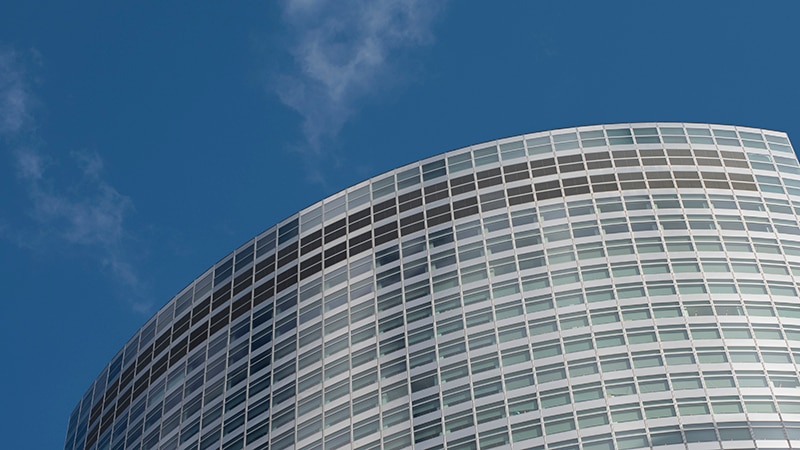NEW YORK, October 14, 2025 – The Goldman Sachs Group, Inc. (NYSE: GS) today reported net revenues of $15.18 billion and net earnings of $4.10 billion for the third quarter ended September 30, 2025. Diluted earnings per common share (EPS) was $12.25 and annualized return on average common shareholders’ equity (ROE) was 14.2% for the third quarter of 2025.
Please view printable versions of the Third Quarter 2025 Earnings Results [PDF] and the Third Quarter 2025 Earnings Results Presentation [PDF].
David Solomon, Chairman and CEO of Goldman Sachs, said, “This quarter’s results reflect the strength of our client franchise and focus on executing our strategic priorities in an improved market environment. Across our business, clients continue to turn to us for their most complex and consequential matters. We know that conditions can change quickly and so we remain focused on strong risk management. Longer term, we are prioritizing the need to operate more efficiently to seamlessly deliver the firm to our clients helped by new AI technologies.”
A conference call to discuss the firm’s financial results, outlook and related matters will be held at 9:30 am (ET) on the date noted above. The call will be open to the public.
Members of the public who would like to listen to the conference call should dial +1-800-289-0459 (in the U.S.) and +1-323-794-2095 (outside the U.S.) passcode number 7042022. The number should be dialed at least 10 minutes prior to the start of the conference call. The conference call will also be accessible as an audio webcast through the Investor Relations section of the firm’s website, www.goldmansachs.com/investor-relations. There is no charge to access the call. For those unable to listen to the live broadcast, a replay will be available on the firm’s website beginning approximately three hours after the event.
Please direct any questions regarding obtaining access to the conference call to Goldman Sachs Investor Relations, via e-mail, at gs-investor-relations@gs.com.
